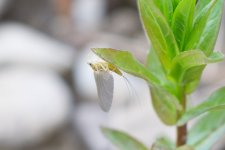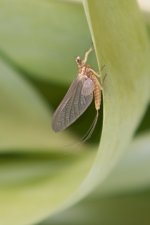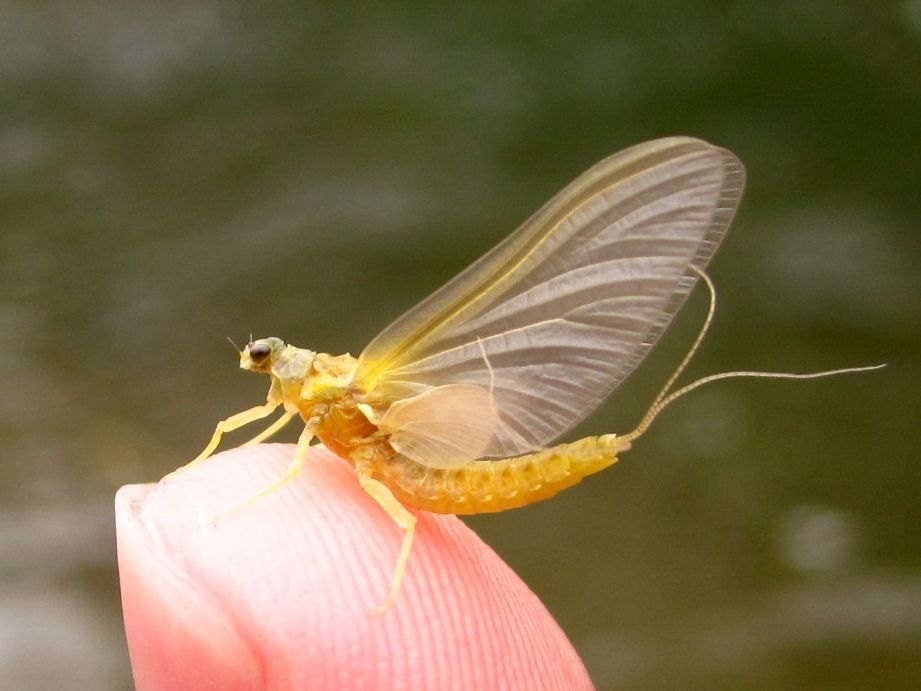DaveKile
Administrator
Staff member
Here is one of my bugs from the Little J on Sunday.
Will edit the post after we discuss.
Tails: 3
Hind wing: present
Costal projection on hind wing: yes
Fore wings: plain
Viens do not diverge at base of fore wing
Body 10-11 mm
Hatching from 1:00 pm - 8:00 pm
First photo on the stream Sunday , second from the kitchen studio this morning
Place your bets and why?
Locations found: Central Pennsylvania
Will edit the post after we discuss.
Tails: 3
Hind wing: present
Costal projection on hind wing: yes
Fore wings: plain
Viens do not diverge at base of fore wing
Body 10-11 mm
Hatching from 1:00 pm - 8:00 pm
First photo on the stream Sunday , second from the kitchen studio this morning
Place your bets and why?
Locations found: Central Pennsylvania







